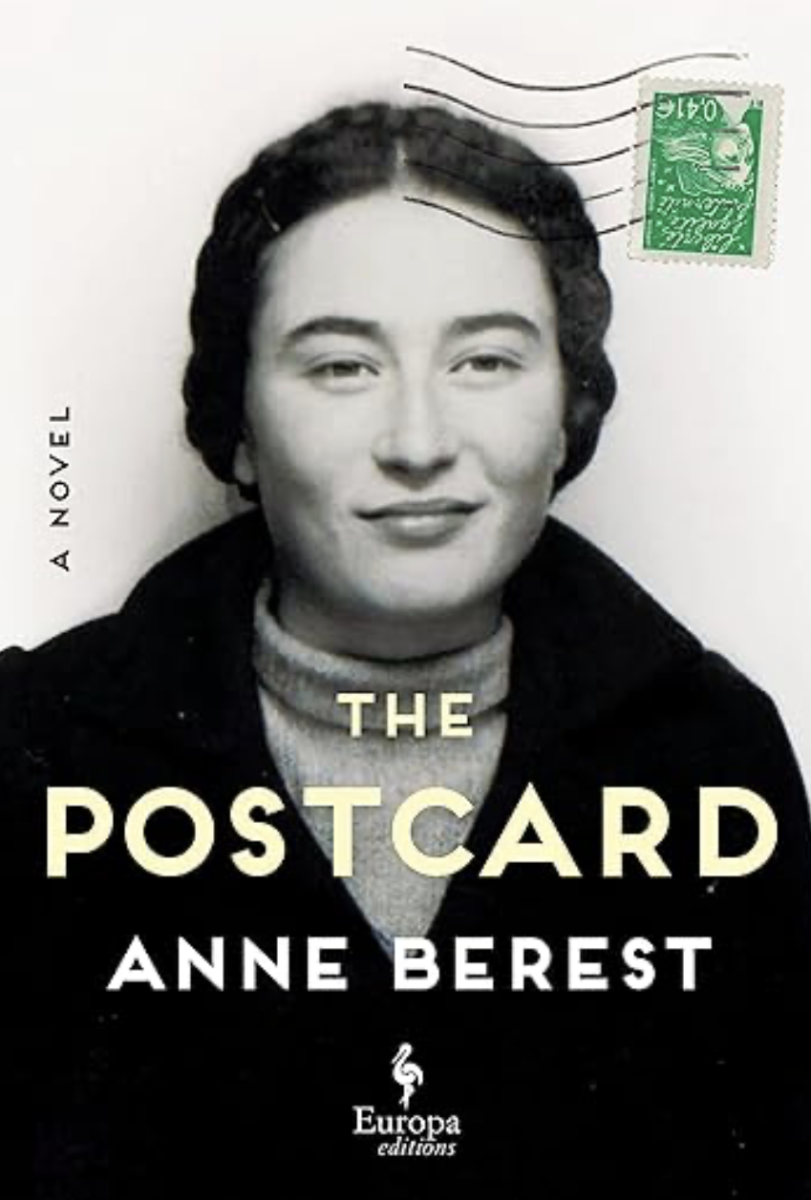
I know what you’re thinking.
“No one eats ice cream anymore. There are more frozen yogurt places down the street than I can even count. It’s delicious — there are so many options for flavor and it’s healthy,” you may say.
We often dub frozen yogurt as the “healthier” or “better” option. But is this really true? Or are we just using health as an excuse to top off a tub of froyo with gummy bears and brownie bits? Let’s do something crazy and actually consider the nutrition facts of each sweet treat.
Calories
Frozen yogurt and ice cream places are becoming increasingly creative with flavoring. I’ll save you and myself the energy of giving you the calories and grams of fat in each flavor. To compare frozen yogurt and ice cream, we’ll start with the original flavor: vanilla.
In one cup of regular vanilla ice cream there are roughly 275 calories. In frozen yogurt, the same amount contains approximately 220 calories.
So frozen yogurt is the marginally healthier option when it comes to calories. But honestly, how many of us actually eat it without indulging in the endless variety of chocolate and gummy toppings?
I’m sorry to be the one to tell you this, but the calories we consume in toppings likely surpasses the calories we saved by choosing frozen yogurt over ice cream. I won’t spoil all of your favorite toppings by giving you a long list of calories per topping, but consider that a handful of M&Ms (10 M&Ms) has roughly 34 calories, almost enough to make up the difference between the two frozen treats.

If you are one of those few individuals who choose to top your frozen yogurt off with fruits, pat yourself on the back for increasing your fiber, vitamin, and mineral intake.
Sugar
Sticking with regular vanilla ice cream, one cup contains about 28 grams of sugar, but that can vary, depending on the brand. A cup of vanilla frozen yogurt, on the other hand, has almost 34 grams of sugar, again, varying between brands. Yes, your frozen yogurt may have more sugar than ice cream.
Benefits
While it is easy to believe you are getting the same benefits from frozen yogurt as you would from yogurt, this is not all always the case. Yogurt has live, active bacteria called probiotics that can aid in the digestion process. This bacteria, however, risks dying during the freezing process. More often than not, regular yogurt contains more probiotics than frozen yogurt. So if you have convinced yourself you are being good to your digestion system by consuming frozen yogurt, perhaps reconsider and choose yogurt.
A positive worth noting, both sweet treats are decent sources of calcium, providing about 15-25 percent of the recommended daily value per cup.
I’m not saying that one dessert is superior to the other. There is a place and time for each. So before you go on those 1:00 a.m. froyo runs, claiming to be making healthy choices, stop and think twice about what you’re topping your frozen treat with.







